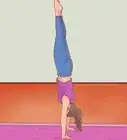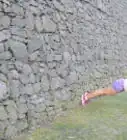This article was co-authored by wikiHow Staff. Our trained team of editors and researchers validate articles for accuracy and comprehensiveness. wikiHow's Content Management Team carefully monitors the work from our editorial staff to ensure that each article is backed by trusted research and meets our high quality standards.
There are 10 references cited in this article, which can be found at the bottom of the page.
This article has been viewed 18,249 times.
Learn more...
You can easily do a gymnastics dance routine! To get started, gain flexibility and find a local class. Learn basic moves like a tumbling roll, toe turn, and cartwheel. Then, move on to advanced tricks once you master the basics. After you have a basic understanding of gymnastics, pair your moves to your favorite uptempo song! Practice every day before your recital, and you’ll deliver an amazing performance.
Steps
Picking the Perfect Song
-
1Pick a song you are excited and passionate about. Music choice sets the tone for your performance, and it’s crucial that you connect with the song you pick. That way, you can deliver an awesome performance! Pick your favorite song or go with a classic.[1]
- If you pick a song you aren’t passionate about, your moves will reflect your disinterest.
- Select a song that you won't get sick of. You're going to listen to this song over and over again as you practice it, so make sure you pick a song that you really love!
- If you grow tired of the song, it may make you disinterested in your performance.
-
2Choose an uptempo song that is easy to dance to. Gymnastic dance routines go great with fast-paced, uptempo music with a positive, fun tone. These songs are usually easy to move to, so you can easily pair your gymnastic dance moves to the beat.
- For example, you can choose a hip-hop, Latin, or jazz song.
Advertisement -
3Listen to the song over and over to plan out your dance moves. Before you can dance to the song in front of an audience, you must know it inside and out. Play the song in the morning as you get ready, while you’re on the bus, or in your car. As you listen to it, pay attention to changes in tempo and notice the changes from verses to chorus. Then, think of different moves to pair with different parts of the song.[2]
- For example, you can do a front handspring as the first verse transitions to the chorus and then use a toe turn when the song picks up in speed.
Learning Basic Moves
-
1Start stretching to develop your flexibility. Gymnasts are extremely flexible, and keeping loose and limber helps them land their moves. To gain flexibility, start by slowly moving your neck in a circular motion. Do this for 30-60 seconds, then extend both arms to the side and hold the muscles in this position for about 1 minute. Sit on the ground and stretch your legs in front of you. Then, reach your fingertips to your toes. This is an easy way to get a full body stretch.[3]
- There are countless other stretching techniques you can utilize to gain flexibility.
- In addition, take a yoga class! Do this after you can comfortably do basic stretches. A yoga glass is a great way to stretch your whole body and learn new stretching techniques.
-
2Learn basic moves like tumbling roll, toe turns, and cartwheels. Before you can create your dance routine, you first must master the simple moves. If you are taking a class, you will first learn a couple simple moves, or you can look online for basic gymnastic tutorials.
- To do a tumbling roll, stand with your feet hip distance apart, and bring your hands to the mat. Tuck your chin towards your stomach, and bend your arms to bring your shoulders to the mat. As you do this, roll over and bring your legs in front of you. Then, stand up.[4]
- To do a toe turn, start with your non-dominant leg in the lunge position. Then, extend 1 arm out to the side, and bring your other arm across your body at your stomach. Bring your non-dominant foot up towards your ankle so you are balanced on 1 foot. Finally, use your body weight to spin you around 360 degrees on your toes.[5]
- To do a cartwheel, start in the lunge position with your strongest foot forward. Bring both of your arms straight over your head. Face forward, and bring your hands to the mat. As you do this, bring your back leg upwards. Then, push off on the leg in front, and bring both of your legs across your body. Land on both feet in a lunge position to complete your cartwheel.[6]
-
3Move on to advanced moves when you nail the basic techniques. Once you feel comfortable with the basic moves, you are ready to practice more difficult moves. If you are taking classes, your instructor will inform you of when you’re ready, based on your performance with the basic moves. If it takes you awhile to practice the basics, that’s okay! You don’t want to move on to hard moves until you are comfortable.
- Advanced moves include round-off, front handspring, and back handspring.
Pairing the Moves with Music
-
1Research the style of music to add some traditional moves. To give an authentic performance, it is helpful to pair your moves with the style of music you chose. While this may not be required for every song, it helps add interest to your routine. Look up the name and artist of the song, and see what cultural or historical significance you can find. Maybe the song was inspired by a time in history, or perhaps it fits a certain style of dance.[7]
- For example, if you pick a jazz-inspired song, you can use fast-paced swing moves to make your performance special.
- If your song has an Indian style, you can add some belly dancing moves to your routine.
-
2Incorporate the moves you are most comfortable with into your routine. When you plan your choreography, avoid using moves that you don’t feel confident with. You want to show off your best abilities during your routine! Use moves that you’ve practiced the most and can do without thinking.[8]
- For example, maybe you’re great at round-offs but your handsprings are still rusty. Leave the handsprings out of your routine, so you don’t worry about potentially messing up.
-
3Start with a bold move to capture your audience's attention. Starting strong is a great way to show your audience what you're made of right away! Start off with a double back handspring or a round-off into a cartwheel, for example.[9]
- This way, the audience gets excited for a terrific routine from the get-go.
-
4Add in modern dance moves to appeal to your audience members. The dance moves you pick will depend on the type of song you select, but this is a great idea to get people excited and involved in your routine. Pick a move or 2 that is trending with pop music, and use this as a transition out of your bold move and into the next part of the song.[10]
- For example, if you're dancing to a hip-hop song, you can do the whip, dab, or nae-nae.
- If you selected a Latin salsa dance song, you can shake your hips like Shakira.
-
5Break out your dance moves during the slower parts of the song. While you should use an uptempo song, there are still moments that are less fast. This is a great time to use your traditional dance moves based on your research, or use other modern dance moves.[11]
- When the song is slower, it is a good time for you to slow your body down as well.
-
6
-
7Show off your tricks when the song changes to a fast tempo. After you use your transition move, you can blow your audience away with a showcase move. This is a good idea when you are about 2/3 of the way through the song so you can keep your audience engaged and attentive.[13]
- For example, you can do a back handspring into a cartwheel into a full split.
-
8Add personal touches as you practice your routine. To make your performance unique, practice it a few times and look for ways you can make it your own. This may vary depending on your song choice and experience level, but making your routine unique helps you boost your confidence and nail your performance.[14]
- Maybe you personalize your outfit or hair style, or maybe you pick a signature move.
- You can also improvise as a transition, for example.
Perfecting Your Routine
-
1Practice 3-5 times a week at a minimum until your recital. The best way to nail your routine is with consistent practice. If you can, practice every day. If you don’t have time to practice daily, practice as often as you can. The more you practice, the more awesome your routine will be![15]
- Practicing boosts your confidence, so you can give your best performance possible.
- If you don’t have time to practice the routine completely, try to practice the song in parts. You can try the first half of the song and then practice the second half later, for instance.
-
2Videotape yourself performing the routine so you can easily review it. An easy way to see how your moves translate to your routine is by setting up a video camera when you practice. To do this, put your camera on a tripod or flat surface, and press the “Start” button before you start your routine. Record all of the routine, and play it back when you finish.[16]
- This way, you can see where you need to improve and what moves look awesome!
-
3Practice your routine in the mirror so you can easily see your moves. In addition to recording your moves, it is helpful to practice in front of a mirror. You can see your moves in real time and notice if anything doesn’t look right.[17]
- Using floor-length, large mirrors works best to see yourself from all angles.
-
4Compete locally when you are confident in your abilities. Once you nail your routine and feel confident as a gymnast, you can compete against other gymnasts through your club or organization. Your instructor can help you take your choreography to the next level to deliver the best performance possible.
- Most competitions are booked 3-6 months in advance, so you’ll have plenty of time to practice.
Community Q&A
-
QuestionI am trying to make my routine look professional, though I am not competing. I am a level 2-3 gymnast, and so far I cannot do anything backwards except do a backbend. Any cool moves for my routine?
 Community AnswerTry doing a backbend, lie down on the floor, kick your legs up into a candlestick, and follow with a backward roll.
Community AnswerTry doing a backbend, lie down on the floor, kick your legs up into a candlestick, and follow with a backward roll. -
QuestionHow do you know what to do if you are deaf?
 RowanCommunity AnswerIf you can feel vibrations through the ground, use them to feel the music. This way you can still compete.
RowanCommunity AnswerIf you can feel vibrations through the ground, use them to feel the music. This way you can still compete. -
QuestionI love dance. Any ideas for a new dance/gymnastics move?
 CookingmastaCommunity AnswerYou can a toe turn, then transition to a back handspring and then end in a back walkover. You can add a pirouette if you want.
CookingmastaCommunity AnswerYou can a toe turn, then transition to a back handspring and then end in a back walkover. You can add a pirouette if you want.
Warnings
- Always practice on a mat. If you don’t, you can injure yourself.⧼thumbs_response⧽
- If you pull a muscle, stop practicing for the day and ice the injury. If you continue practicing on an injured muscle, you can hurt yourself worse.⧼thumbs_response⧽
References
- ↑ http://www.gymmomentum.com/videos/tips-for-choreographing-a-competitive-gymnastics-floor-routine/
- ↑ http://www.gymmomentum.com/videos/tips-for-choreographing-a-competitive-gymnastics-floor-routine/
- ↑ https://youtu.be/-VS6jgTTYAQ?t=31s
- ↑ https://youtu.be/V3UJZqXTN_U?t=1m45s
- ↑ https://www.youtube.com/watch?v=Oeg4ZXPGc28
- ↑ https://youtu.be/PYCsrRGINHA?t=1m7s
- ↑ http://www.gymmomentum.com/videos/tips-for-choreographing-a-competitive-gymnastics-floor-routine/
- ↑ http://www.gymmomentum.com/videos/tips-for-choreographing-a-competitive-gymnastics-floor-routine/
- ↑ https://youtu.be/u6cK1c7xqBc?t=2m8s
- ↑ https://youtu.be/u6cK1c7xqBc?t=2m15s
- ↑ https://youtu.be/u6cK1c7xqBc?t=2m39s
- ↑ https://youtu.be/u6cK1c7xqBc?t=2m50s
- ↑ https://youtu.be/u6cK1c7xqBc?t=3m18s
- ↑ http://www.gymmomentum.com/videos/tips-for-choreographing-a-competitive-gymnastics-floor-routine/
- ↑ http://www.gymmomentum.com/videos/tips-for-choreographing-a-competitive-gymnastics-floor-routine/
- ↑ http://www.gymmomentum.com/videos/tips-for-choreographing-a-competitive-gymnastics-floor-routine/
- ↑ http://www.gymmomentum.com/videos/tips-for-choreographing-a-competitive-gymnastics-floor-routine/


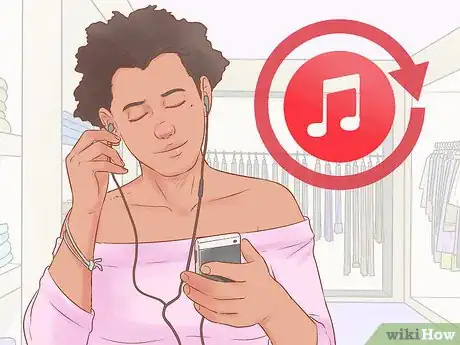



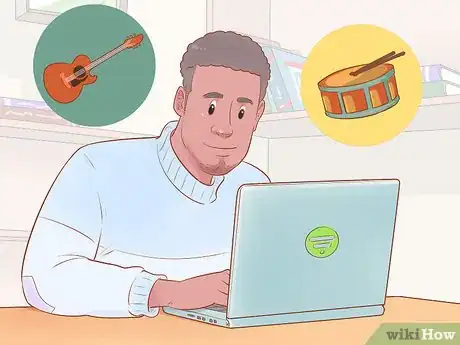
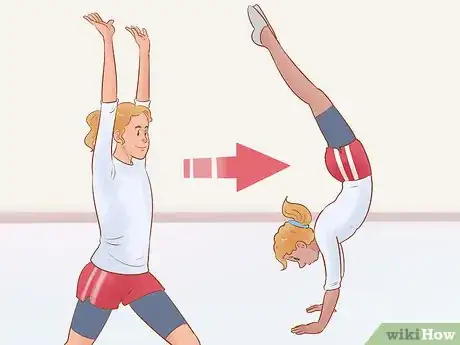

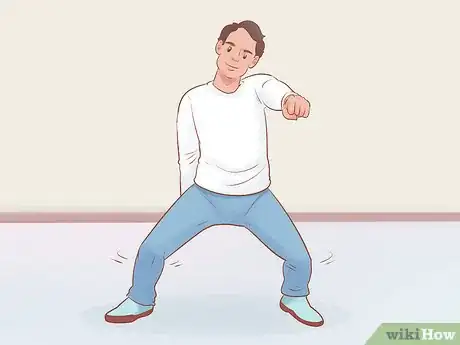

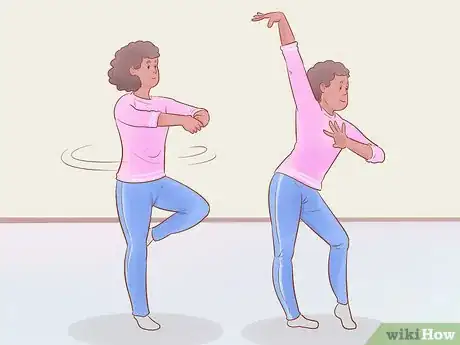

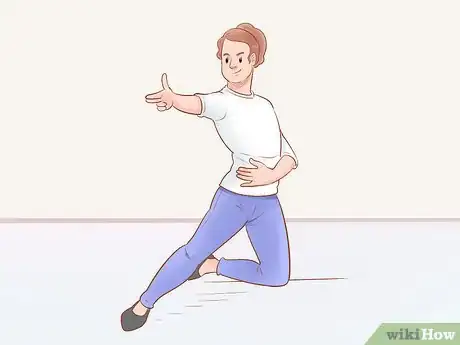

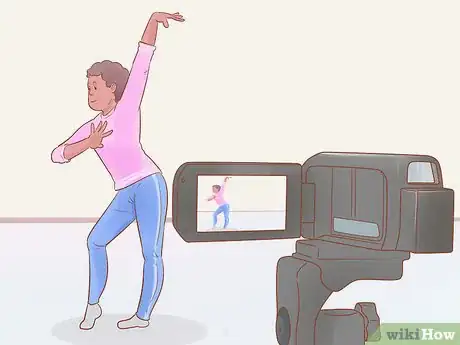

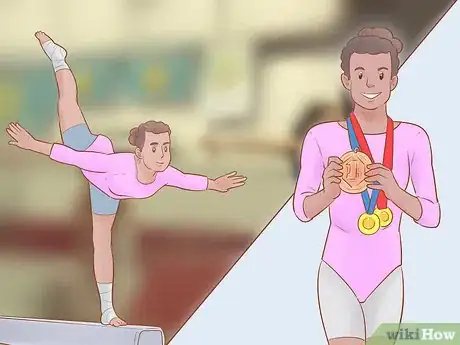
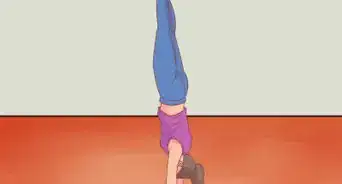
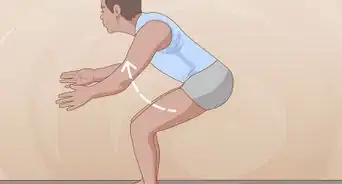



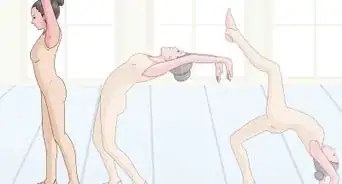
-Step-6-Version-4.webp)








